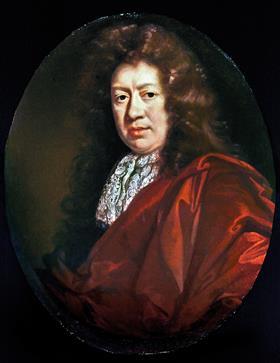What connects Samuel Pepys’ diary, cosmetics and an elderly lady hiding her pearls? They all feature in a Supreme Court judgment that alludes to the meaning of ‘deliberately concealed’.
First comes the lady. ‘For example, an elderly lady who was afraid of burglars might conceal her pearls before going to bed, without any implication that she was obliged to leave them lying in plain sight.’
Then comes the make-up. ‘Some people use cosmetics (“concealer”) to conceal blemishes in their skin, without any implication that they are under an obligation to reveal the imperfections.’
Next, enter the 17th century diarist (pictured), for whom concealment took the form of writing in code.

Finally, once all the examples are done, a quick summing up, or the judgment equivalent of what younger generations may call the mike drop.
‘It is to be noted that in all the examples I have given, as in most if not all cases where “conceal” is used in the active mood, concealment involves intentional hiding or withholding of information. This underlines the importance of the explicit emphasis placed by parliament on the requirement that the relevant fact must have been “deliberately concealed”.’
For what all this has to do with the ruling in Canada Square Operations Ltd v Potter, you’ll have to read the 54-page judgment - or the Gazette's news story.































2 Readers' comments